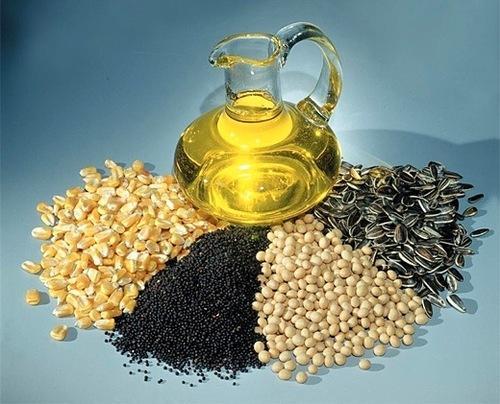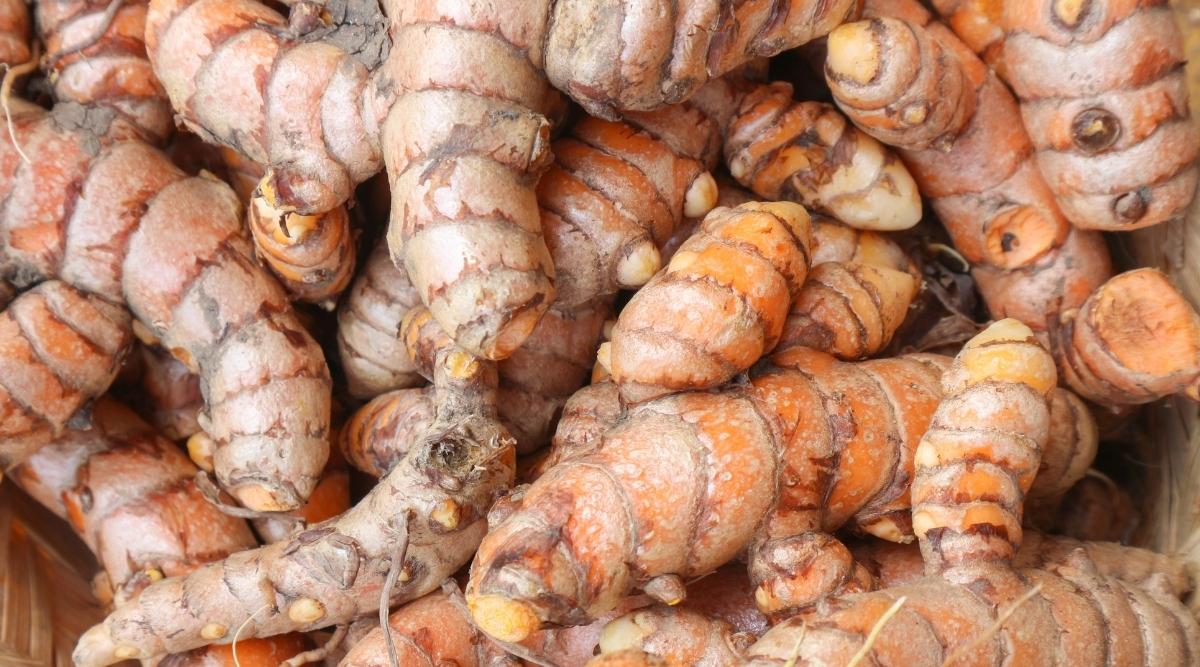Prices for cotton candy fell by 0.48% to settle at 57,600, mostly as a result of weak milling demand amid weak demand for yarn globally. The strong demand for Indian cotton from nations like Bangladesh and Vietnam, however, kept the negative to a minimum. The dynamics of the market were further influenced by expectations of a higher crop in nations like Australia. For the upcoming season, 2024–2025, the International Cotton Advisory Committee (ICAC) predicts growth in cotton-producing areas, production, consumption, and trade.
Cotton stocks in India are predicted to decline by about 31% in 2023–2024, to their lowest point in more than thirty years, as a result of decreased output and increased consumption. This decrease in stocks might restrict exports from the second-largest manufacturer in the world and maintain world pricing, but it might also affect the profit margins of regional textile businesses.
India is expected to produce 25.4 million 480-pound bales of cotton for the marketing year 2024–2025, with an increase in mill use anticipated. Additionally, forecasts of imports are higher, especially in light of the review of import taxes on extra-long staple (ELS) cotton.
It is anticipated that China will import 2.4 million metric tonnes of cotton in MY 2024–2025, mostly due to increased demand for textile and apparel items both domestically and internationally. Stable planted areas in Xinjiang should sustain China’s overall production levels even if other regions see a fall in output. Prices concluded at 27,065 Rupees on the Rajkot spot market, a decrease of 0.23 percent.

